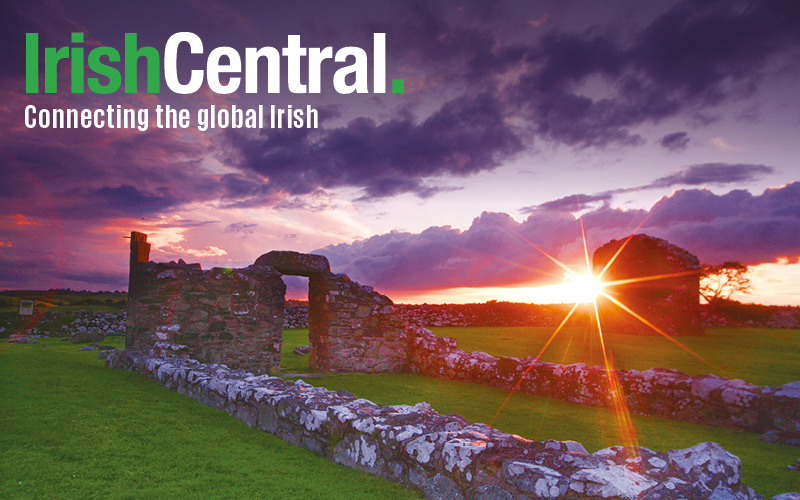The full impact of the results of the Brexit vote – Britain voting by majority to leave the European Union, but the majorities in Northern Ireland and Scotland voting to remain – for all parties involved, as well as for Ireland, still have yet to be realized.
As of this week, the news arrived that the UK leaving the EU would not bring about the return of a hard border between the Republic of Ireland and Northern Ireland, which a welcome development. But many more political, social and economic consequences hang in the balance.
Could a union between Scotland and Northern Ireland (and maybe even Ireland as well) be a viable solution?
The idea, or some approximation of it, was initially proposed right after the Brexit vote and gained traction online after an Irishman, Graham O’Malley, wrote a detailed Facebook post about how the Celtic Isles, as he termed them, might be achieved, so that the countries that did not vote to leave the EU would not be forced to. It was shared over 30,000 times.
Granted, O’Malley’s approach involved a pair of giant scissors, glue, and football players to distract England. But similar, much more detailed and realistic, ideas have been proposed and weighed since then – on Reddit, in a post on the London School of Economics blog, and, just yesterday, by columnist Fintan O’Toole in the Irish Times.
As he summed up the problem: “The people of three of the five parts” of these interconnected islands “(Scotland, Northern Ireland and Ireland) now see their relations with the rest of the world in one way while those of the other two (England and Wales) see them very differently.”
He put forth the idea of “a new union – of Scotland, Ireland and Northern Ireland: SCINI.”
He describes that union as possibly “the only long-term solution to Northern Ireland’s problem of double identity – the “British” part of that identity has always been much more Scottish than English. It may also be Scotland’s only way to stay in the EU. And it may be the Republic’s only way to avoid the reimposition of an internal border on the island.”
O’Toole notes that the borders and states of Ireland and Britain have changed many times throughout their histories and that even the current structure, of the island of Ireland divided into 26 and six counties, was unimaginable a little more than a century ago.
However, what he cites as the most interesting is that “the dominant part of These Islands, England, has (to its great credit) conceded that the political architecture of the archipelago is radically open-ended. It did this in the Belfast Agreement, which accepts that Northern Ireland’s membership of the United Kingdom is contingent and purely voluntary. And it did the same for Scotland when David Cameron accepted that the results of the referendum on Scottish independence would be binding on the UK as a whole.”
Read More: Tunnel or bridge between Ireland and Scotland under discussion
So, he adds, the potential for peaceful change is there, and the current structure has always come with the implication that “terms and conditions apply,” the most important of these being consent.
And what the Brexit results show is that “The people of Scotland and Northern Ireland do not and will not consent to that shift. And the people of the Republic were not, of course, asked to consent to changes that affect them so profoundly.”
The current structure of the Republic of Ireland and Northern Ireland took place, O’Toole writes, because “Northern Protestants did not, on the whole, consent to Irish Independence – and that was enough to wreck the dream of an Irish Republic. And Northern Catholics did not, on the whole, consent to being placed in a sectarian statelet with an inbuilt Protestant majority.”
Now the question is how the fact that Scotland and Northern Ireland, and (though it was not part of the vote but is impacted, the Republic of Ireland) did not consent to leaving the EU will impact the Brexit proceedings.
There are interesting months ahead.




Comments